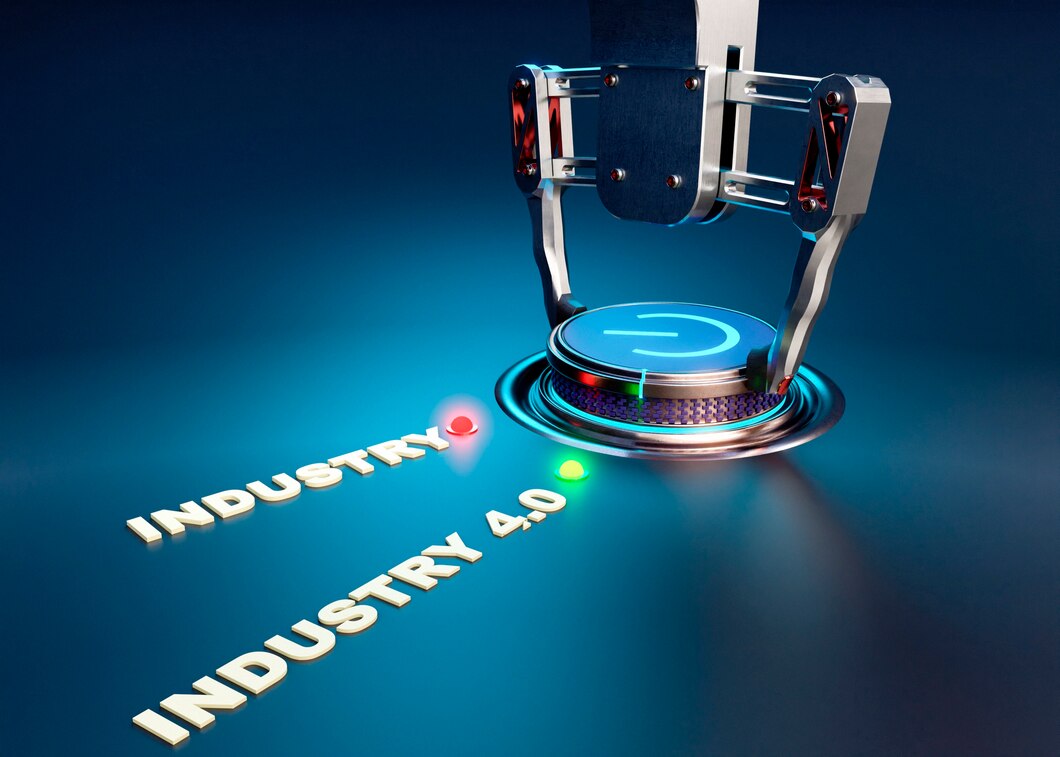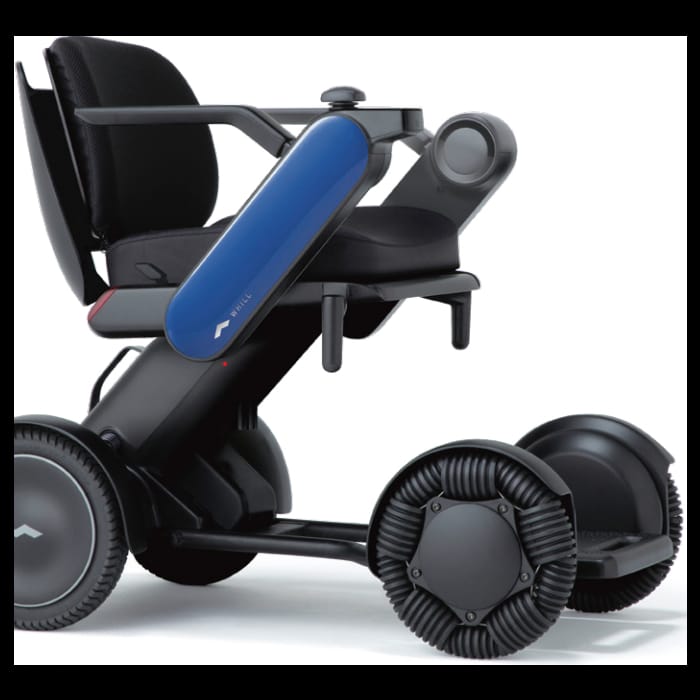Driving the Future of Industry with Cutting-edge Manufacturing
The blog post highlights the crucial need for transformation in industrial manufacturing amidst rapid technological advancements. It emphasizes that innovation is essential for manufacturing professionals and engineers to unlock efficiencies and seize opportunities. The discussion will cover the evolution of industrial manufacturing from past challenges to a promising future.
The Changing Landscape of Industrial Manufacturing
The landscape of industrial manufacturing is undergoing a seismic shift. Historically steady and predictable, the sector is now characterized by a dynamic flux driven by technological advancements. For manufacturing professionals, understanding this change is crucial. It requires them to re-evaluate processes, explore new technologies, and rethink workforce strategies. This transformation isn’t just about keeping pace; it’s about gaining a competitive edge.
Manufacturing’s evolution is fueled by digital technologies like the Internet of Things (IoT), artificial intelligence (AI), and robotics. These innovations are reshaping how products are designed, produced, and delivered. They offer unprecedented precision, efficiency, and cost-effectiveness, essential in today’s competitive landscape. However, embracing this change isn’t without its challenges, as it often demands significant investment and organizational restructuring.
Yet, the benefits far outweigh the costs. With technological integration, companies can respond faster to market demands and drive sustainable growth. For those willing to adapt, the rewards are abundant, promising not only improved productivity but also enhanced customer satisfaction and increased profitability.
Traditional Manufacturing Practices and Their Limitations
Traditional manufacturing practices have served industries well for decades, but as demands grow and markets evolve, their limitations become clear. These methods often involve labor-intensive processes that are slow, error-prone, and costly. For example, manual assembly lines, once seen as revolutionary, now struggle to meet the speed and precision that modern consumers expect. In contrast, advancements in industrial piping, like those available in Utah, can offer more efficient and reliable solutions for today’s manufacturing needs.
Such traditional practices often rely heavily on human intervention, which can lead to inconsistencies and quality control issues. In an age where precision is paramount, this can be a significant drawback. Additionally, reliance on dated technology limits the ability to innovate, leaving industries trailing behind more agile competitors.
Environmental concerns also cast a shadow on older manufacturing methods. Increasingly, consumers and regulatory bodies demand sustainable practices. Traditional methods, often inefficient and wasteful, fail to meet these new environmental standards. This limitation not only affects reputation but can also lead to hefty compliance costs.
Innovative Production Technologies Being Adopted Worldwide
In response to the limitations of traditional methods, new production technologies are being adopted worldwide. Additive manufacturing, commonly known as 3D printing, is one such innovation. It allows for precise construction of complex shapes, reducing waste and improving efficiency. This technology transforms how manufacturers approach design, prototyping, and production.
Artificial Intelligence (AI) introduces another layer of innovation, automating complex decision-making processes and enhancing quality control. AI’s capability to analyze vast amounts of data quickly enables predictive maintenance, reducing downtime and saving costs. For industrial engineers, this means more reliable machinery and better operational efficiency.
The Internet of Things (IoT) facilitates real-time monitoring and data exchange across the manufacturing process. It provides insights that are invaluable for making informed decisions. IoT enables smarter supply chains, inventory management, and even product lifecycle management. These technologies together create a more responsive, efficient, and sustainable manufacturing environment.
The Future of Industrial Manufacturing: Predictions and Emerging Trends
The future of industrial manufacturing promises further innovation and transformation. One emerging trend is the rise of smart factories, which leverage interconnected technologies to optimize production. These factories adjust operations autonomously in response to real-time data, maximizing efficiency and reducing waste.
Another development is the increasing importance of sustainability in manufacturing. Technologies that reduce energy consumption and minimize waste will become even more critical. Companies that prioritize eco-friendly practices will not only meet regulatory requirements but also gain favor with environmentally conscious consumers.
Collaborative robots, or cobots, represent a significant shift in how humans and machines work together. These robots are designed to work alongside humans, enhancing productivity and safety. For manufacturing professionals, this means a focus on upskilling and integrating cobots into existing processes.
The Importance of Staying Abreast of Technological Advancements
In the fast-paced world of industrial manufacturing, staying informed about technological advancements is crucial. For industry professionals, it’s not just about adapting to change but anticipating it. By keeping abreast of the latest developments, businesses can identify opportunities to enhance efficiency, reduce costs, and improve product quality.
Continuous learning and development are essential for maintaining a competitive edge. This involves investing in training and resources to upskill employees and ensure they are equipped to work with new technologies. A proactive approach to learning fosters a culture of innovation and adaptability, positioning companies for future success.
Engagement with industry peers and thought leaders can also provide valuable insights. Attending conferences, participating in webinars, and joining professional networks are excellent ways to stay connected and informed. These interactions can spark ideas, inspire innovation, and drive business growth.
Conclusion
The revolution in industrial manufacturing is well underway, fueled by groundbreaking technologies and innovative practices. For manufacturing professionals, industrial engineers, and technology enthusiasts, staying informed and adaptable is key to thriving in this dynamic environment. By leveraging AI, IoT, and other innovations, businesses can enhance efficiency, improve quality, and ensure sustainability.
Keep an eye for more news & updates on TribuneUS!






